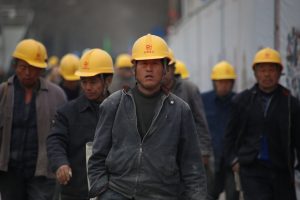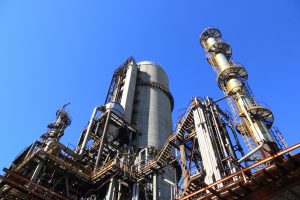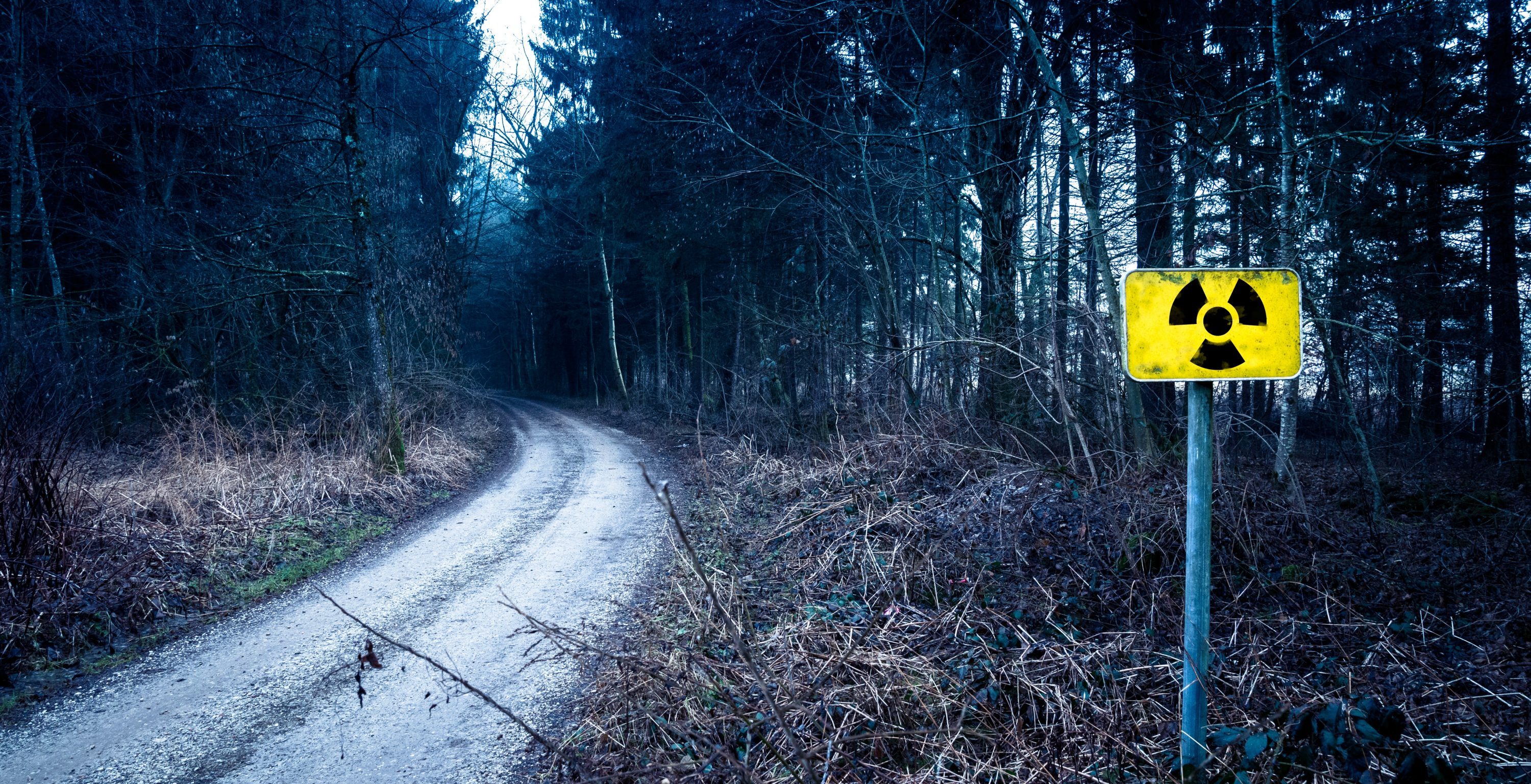The OSHA or the Occupational Safety and Health Administration of the United States has formulated several laws and regulations for ensuring a safe and healthy environment for workers. As per the OSHA Act, the responsibility for doing so lies with employers setting and implementing standards, providing training, outreach, education and assistance. There are pre-set OSHA standards to which all employers must comply. The most important OSHA standard is for employers to ensure a hazard free work environment.
OSHA has laid down regulations covering a wide range of subjects and industries. In this article, we will discuss the relevant guidelines for hazard identification, prevention and control and some of the relevant regulations for the oil and gas industry.
Hazard Identification
OSHA acknowledges the failure to identify hazards at the right time to be a root cause of most accidents. The most important aspect of any safety precaution is identifying and assessing the hazards in a proactive way and then taking corrective actions regarding the same.
OSHA recommends workers and employers to take the following steps for identifying hazards:
- Conduct regular inspections of the workplace to identify new or recurring hazards.
- Collect information and review them to know the probability that an incident might occur.
- Investigate any hazard that has taken place including close calls and near misses to identify the root cause of the incident and how the same can be overcome.
- Identify trends in illnesses, injuries or hazards reported finding a root cause of the same.
- Pre-empt non-routine situation and recognise hazards from them.
- Determine the impact of a certain incident or the likelihood of the same occurring and prioritise the corrective actions.
OSHA recommends certain hazards such as housekeeping or tripping hazards to be fixed whenever they are found instead of keeping it aside for future inspection. On the spot, fixation reflects the safety mindset of an organisation.

Workers are recommended to partake in identifying hazards in order to avoid unfortunate accidents.
Hazard Prevention and Control
Identification of a potential risk is not enough. Preventing and controlling the same plays an equally important role to avoid injuries, incidents, accidents and illnesses. It also minimises or even eliminates certain risks.
OSHA recommends employers take the following steps in order to prevent and control risks:
- Workers often have the best knowledge about a hazard and insights on how it can be controlled since they have a hands-on experience. Involve workers to prevent and control accidents.
- Use a ‘hierarchy of controls to prioritise the options for controlling hazards.
- Devise a hazard control plan for selecting and implementing control and stick to the plan. This will standardise the process of hazard control across the industry.
- Implement plans with proper measures to protect workers in the times of emergencies or various non-routine activities.
- Once the above are implemented, it is important to evaluate the effectiveness of the controls, new or old to identify whether they are sufficient or need to be more effective. Consider implementing new technologies, which may be safer yet less costly.
OSHA Standards for Oil and Gas Industry

Oil & gas industy must adhere to the OSHA standards.
OSHA identifies oil and gas to be a specialised industry requiring specialised equipment and work crew. The number of fatalities in the industry in the US itself is 7 times higher than any other industries as per the Census of Fatal Occupational Injuries for decades. OSHA identifies the following safety and health hazards and conditions that can result in accidents and fatalities in the oil and gas industry:
- Vehicle accidents
- Explosions and fire
- Struck by/caught in/caught between
- Confined Spaces
- Falls
- Chemical Exposures
OSHA has laid down the following standards for employers to follow with regards to safety and health of workers in the oil and gas industry:
- OSHA’s General Industry Standards (29 CFR 1910): This regulation lays down standards to be followed by similar industries and on which the affected persons have expressed their views.
- OSHA’s Construction Standards (29 CFR 1926): This includes safety and health standards communicated by the Secretary of Labor under Section 107 of the Contract Work Hours and Safety Standards Act.
- General Duty Clause of the Occupational Safety and Health (OSH) Act: This regulation requires an employer to ensure a free from hazard workplace for all employees and ensure no such harm is caused which can lead to serious physical harm or death.
Accordingly, OSHA has worked out five OSHA regions of upstream activities which use national, regional and local emphasis programs for inspection of oilfield work sites.
OSHA also provides a detailed guidance regarding the rights of workers. Some of the significant ones include:
- A safe and sound working condition, free from any serious harm
- Training and information about workplace hazards and methods to prevent them and the OSHA standards that apply to their workplace.
- Filing a complaint asking OSHA to inspect the workplace if a serious hazard is believed to exist.
The OSHA standards are designed with the best intentions to promote a safe and healthy workplace. It is upon the organisations to implement the guidelines and maintain the same to bring about a sense of safety among the workforce.

